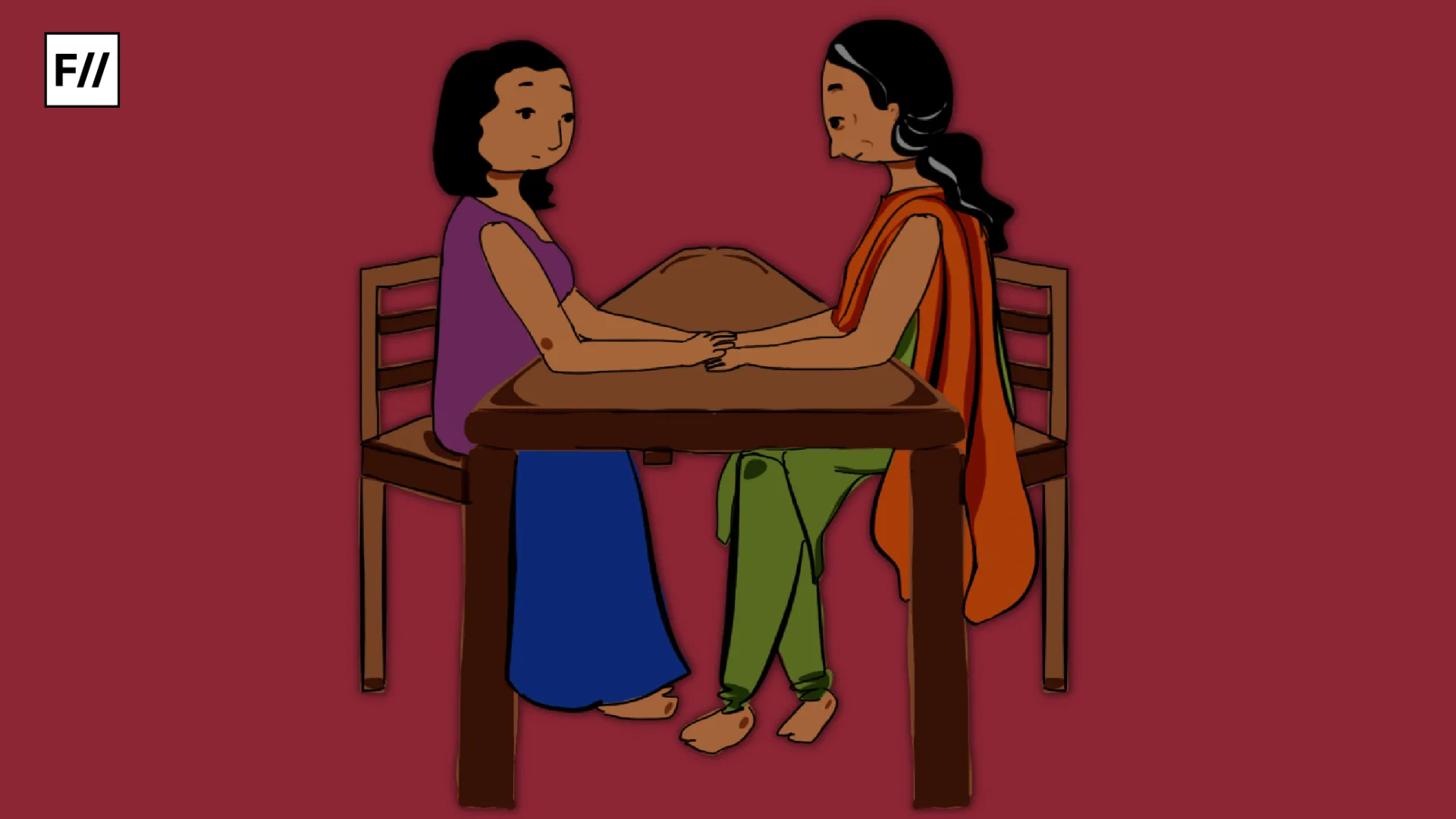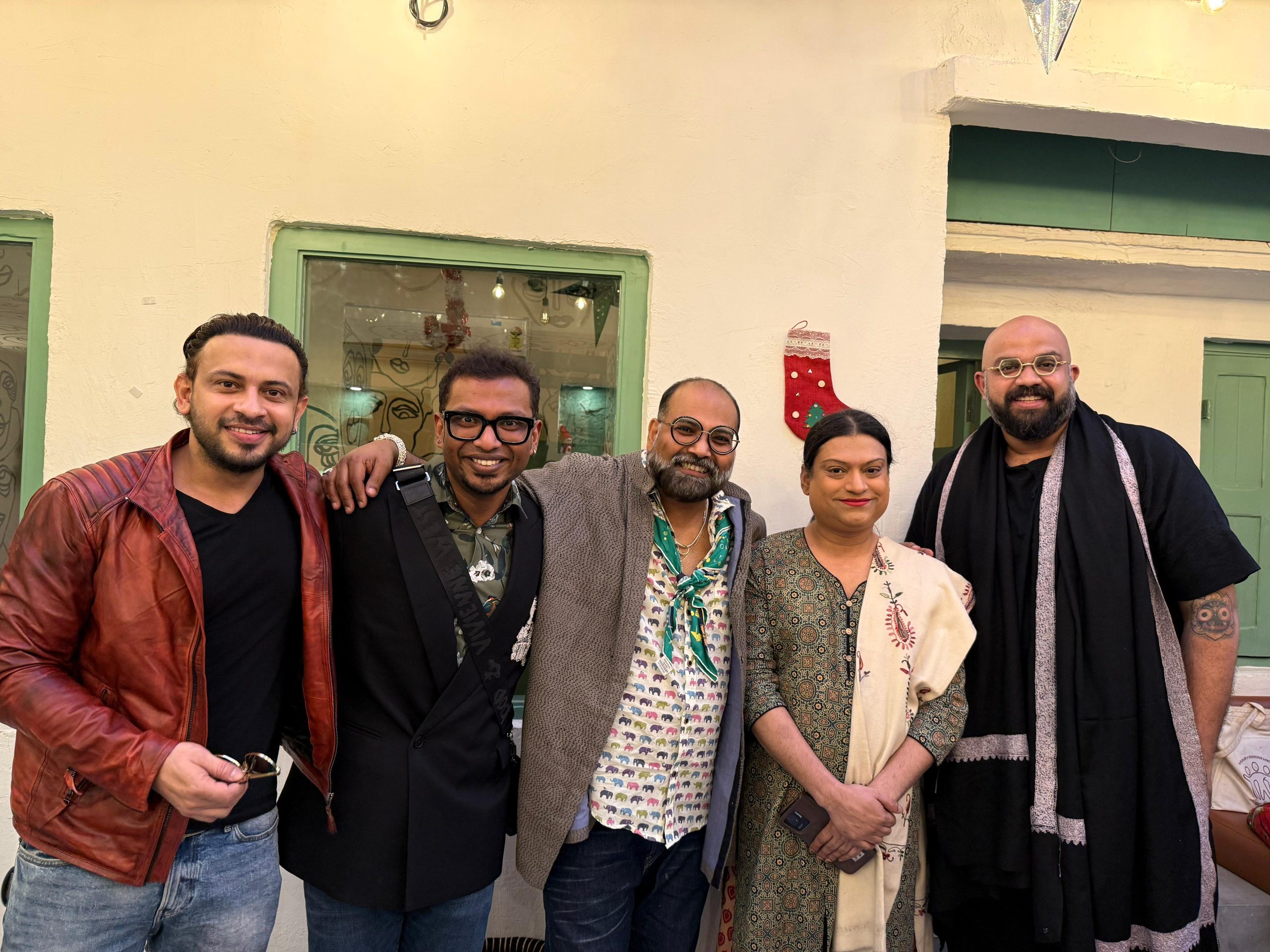I’ve tried really hard to not turn into my mother for as long as I can remember. But I’ve recently realised I might not be doing as great at it as I’d previously believed. Last winter, I was visiting my parents’ home with my partner, and on the day we were scheduled to leave, my mother was running around the house, jittery and anxious. She’d constantly check (and then, re-check) if we’d packed everything, insist we eat an early breakfast while persuading us to hire a porter for our luggage at the railway station, and instruct us to get on the right train like we weren’t adults who had travelled on our own hundreds of times… We told her we had everything under control and tried our best to calm her down. But she couldn’t calm down—it was almost as if she didn’t know how to. That’s when it hit me that this is exactly where I get my brand of unshakeable hyperactive anxiety from.
What we inherit from the mothers we resent
We grow up rolling our eyes at our mothers. They’re dramatic, overbearing, obsessed with what the neighbours think, and somehow, both emotionally withholding and emotionally needy, simultaneously. They make every sacrifice seem like a subtle form of blackmail. We detest it all, but in doing so, never realise that by the time we hit adulthood, we’re caught in the same trap that held our mothers.
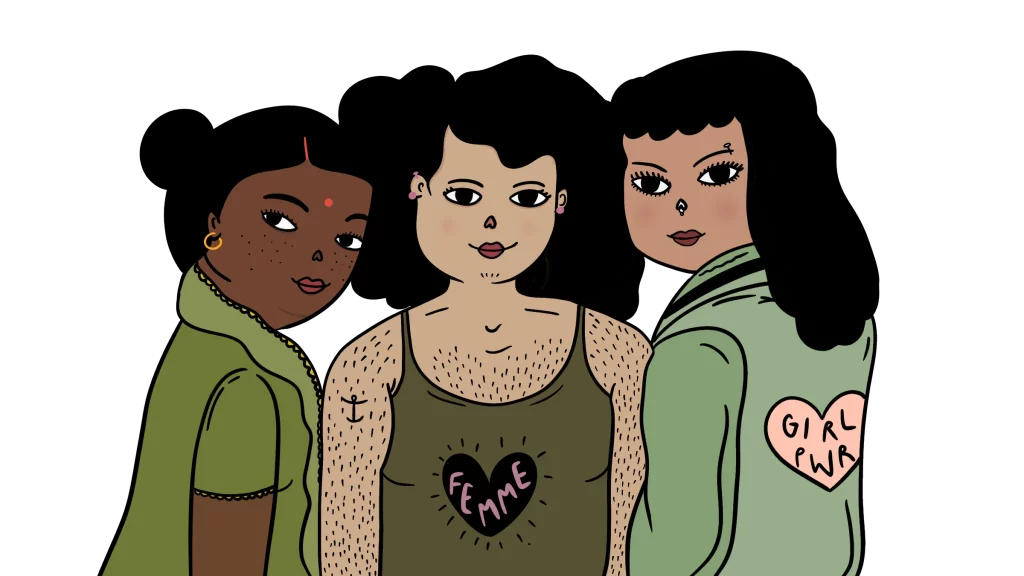
We, too, are now expected to be selfless, graceful, crisis-managing multitaskers who never complain. And before we know it, we’ve become what we resented. And with that becoming comes grief, guilt, empathy, and confusion. There’s also a particular kind of rage many Indian daughters, including myself, feel toward their mothers; it’s rarely unfounded and usually comes from very, very real wounds — more so for those of us still living with trauma inflicted by the very people we were meant to feel safest with. She wakes up before everyone else, eats last, panics if you come home after dark, is almost militant about towels on the bed, and has a sixth sense for who in the family is lying about something. We parody her in memes. We text our friends after fights with our moms, saying, “Ugh, she’s being impossible again!”
We, too, are now expected to be selfless, graceful, crisis-managing multitaskers who never complain. And before we know it, we’ve become what we resented. And with that becoming comes grief, guilt, empathy, and confusion.
Pop culture hasn’t helped the archetype of Indian mothers much either — from Raakhee’s and Nirupa Roy’s weepy martyrdom to Kyunki Saas Bhi Kabhi Bahu Thi‘s and Saath Nibhaana Saathiya’s authoritarian matriarchs, Indian moms have long been portrayed as either moral beacons or emotional manipulators, rarely anything in between. Except, in real life, they juggle both roles while also being chronically sleep-deprived and underappreciated. But the thing is, Indian mothers didn’t become this way out of nowhere. They were raised in a system where being good meant being self-sacrificing, love was expressed through labour, emotions were a luxury, and silence was safer than dissent. And while they did internalise these norms, they also found ways to survive through them. So when she forces her kids — however grown up they may be — to eat more, nags them about their jobs, or panics at their independence, it’s care warped by anxiety.
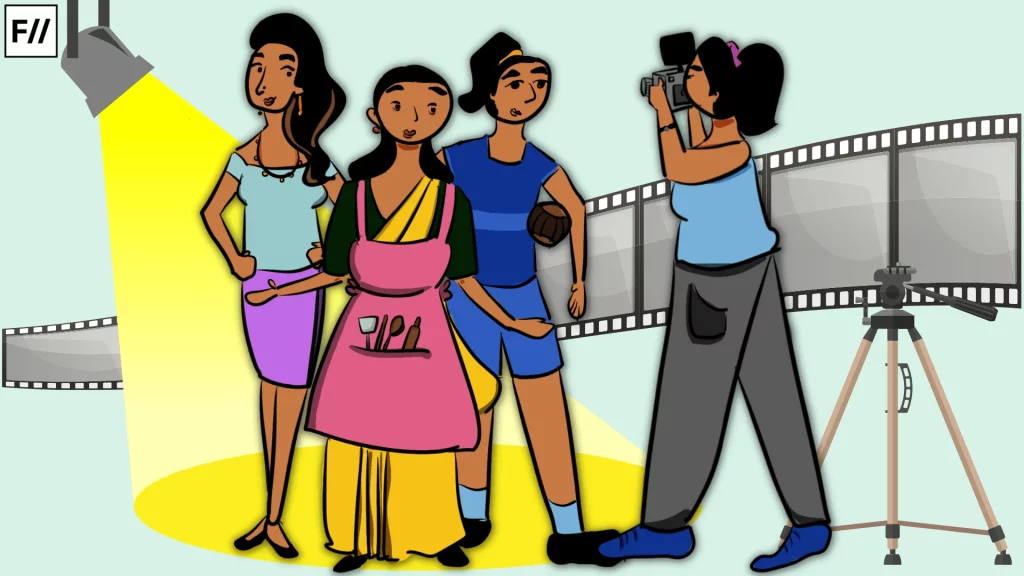
The only way she knows how to show love is through control because that’s how she was taught to receive it, too. And so, our rage, however rightful, is deeply shaped by patriarchy. In many Indian families, rather than being emotionally expressed, love is performed—often, melodramatically — through food, panic, instruction, sacrifice, and most of all, control, which becomes a proxy for care, because it’s the only language available to someone who never had the safety to say, “I don’t know how to let go.” That doesn’t make it okay, of course — more so when our wounds might need distance to heal, not compassion. For many of us, naming the harm while continuing to set the boundaries we have to is the most loving thing we can do for ourselves. Understanding isn’t the same as excusing, after all.
The wounds are also blueprints
Raised on a steady diet of feminist literature, alongside therapy-speak and empowerment reels, many of us grow up determined to be nothing like our mothers. In the process, so much of our womanhood becomes a reaction to what our mothers were. We push back against the expectations they enforced, sometimes with resentment so deep it borders on fury, sitting in the body like a flare that ignites every time we see our mothers try to control a situation under the guise of “what’s best for you”.
While we’re busy fighting them, though, we forget that they didn’t invent the rules. They were just better at following them because survival, for them, meant obedience, silence, and self-erasure. Naturally, then, they see our independence as recklessness. But as we get older, start working, maybe caregiving, get into relationships, and struggle to adult while being overcommitted, underfed, and furious at the world, we suddenly hear her voice in our own: “Just do it my way; it’ll be faster.” “Why are you wearing that? It’s cold.” “Text me as soon as you reach!”
It’s almost as though, overnight, we became the worrier, the fixer, the person who keeps spare plastic bags just in case… As that horrifying realisation dawns on us, we catch a glimpse of our mothers in ourselves. This is where grief creeps in again because, now, as we see the panic behind her instructions, the fear behind her control, and the exhaustion behind her silence, we start to wonder if she, too, wanted to be nothing like her mother.
Pop culture hasn’t helped the archetype of Indian mothers much either — from Raakhee’s and Nirupa Roy’s weepy martyrdom to Kyunki Saas Bhi Kabhi Bahu Thi‘s and Saath Nibhaana Saathiya’s authoritarian matriarchs, Indian moms have long been portrayed as either moral beacons or emotional manipulators, rarely anything in between.
That recognition neither cancels the harm she caused, nor does it make it easier for us to forgive our mothers for the myriad traumas their actions inflicted on us, irrespective of whether or not they were intended. What it does, though, is complicate the villain Indian mothers tend to become in children’s memories.
A mother is not built to express, but to endure
Yes, the cycle must be broken. And to do that, we need to understand how society turns mothers into one-woman armies of melodrama and moral policing. The same way we need backstories to understand villains in fiction, maybe we need it for the ones we grew up with, too — not to excuse their harm, but to name the systems that built them, brick by silencing brick. The Indian mom is a social role built by patriarchy, preserved by caste respectability, and rarely afforded tenderness in return. She was constructed, slowly and methodically, by a system that set her up to lose.
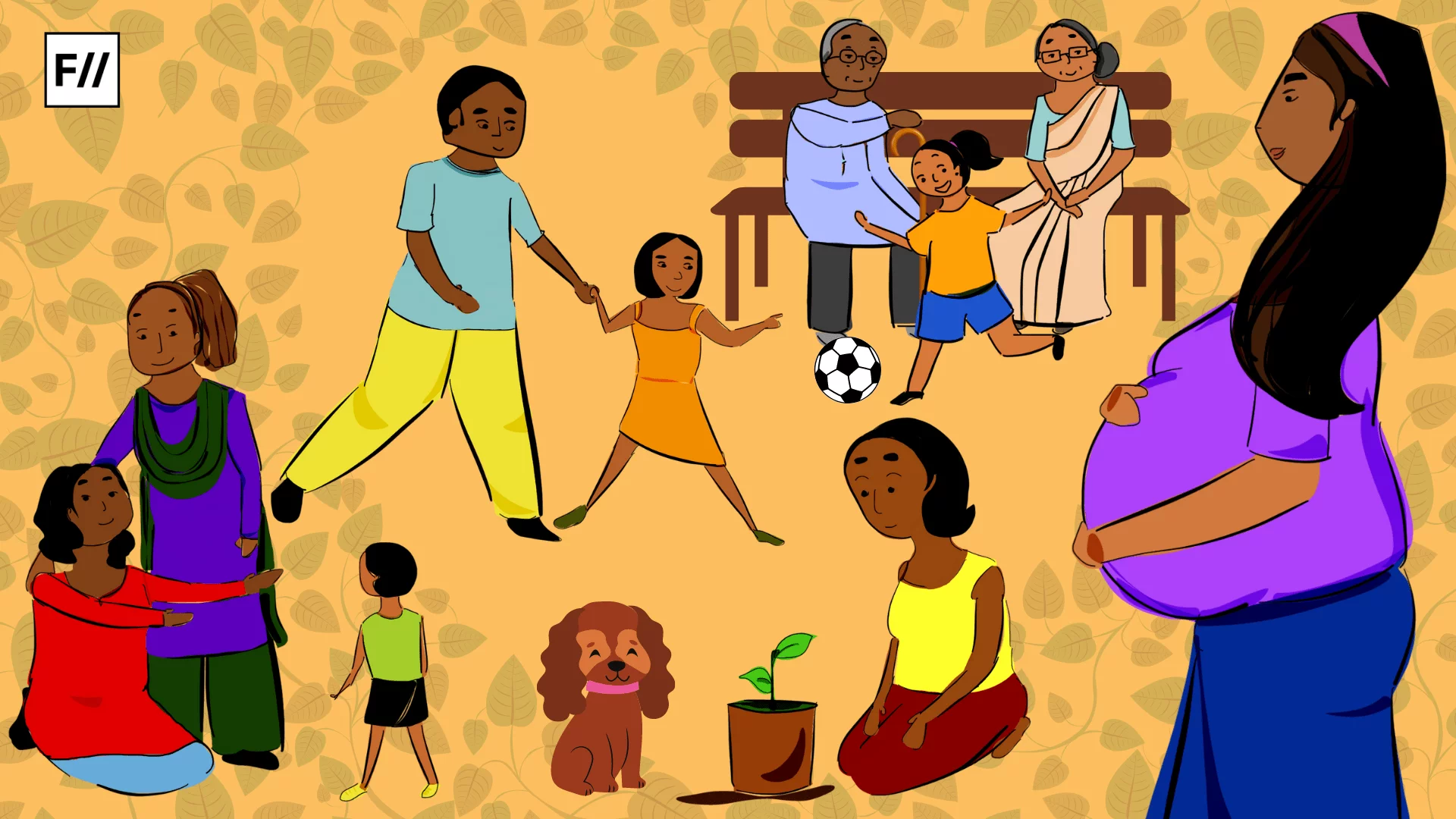
Most Indian mothers came of age in households where the stakes were stacked against them. They were rarely given language for emotions, much less tools for processing them; therapy, of course, didn’t even feature as a fantasy. They had no space to rest or rage and were taught to earn love by working for it — through feeding, fixing, enduring, and appeasing. Even their policing of daughters — what to wear, who to marry, how loud to laugh — was less about cruelty and more about trying to keep us safe within a violent system.
That same control mutates in our generation into hyper-functionality, mental load, people-pleasing, and silent panic attacks that we dismiss as “just burnout” from balancing work and home, both. We may not be scolding our kids (yes, including our fur babies) for not wearing socks, but we’re managing entire households, friend groups, and deadlines with the same clenched-jaw urgency, mistaking it for competence.
These are structural inheritances, and to stop reproducing harm, we have to name what built it. Without it, no matter how hard we detest the archetype, the traces remain — we might roll our eyes at martyrdom, yet overextend ourselves constantly; we swear we’ll never nag and then micromanage out of panic; we mock the need to control but spiral as soon as something slips.
It can easily be mistaken for hypocrisy, but it isn’t that at all. It is the unconscious inheritance of emotional labour that has been rebranded. We’re still unpaid therapists, still breaking down in the bathroom and calling it a “bad day” without acknowledging systemic failure, saying “it’s fine” through clenched teeth, and still measuring our worth by how much we can hold without breaking.
We’re still carrying her load
So, while we don’t become our mothers in form, we do become them in function because the sexist architecture they were trapped in still exists, with a few renovations here and there. For instance, now, it’s called hustle culture or being a girlboss; today, we carry water bottles, therapy resources, birthday reminders, trauma debriefs, and everyone’s emotional logistics in our heads and call it “being 4 a.m. friends.” The worst part is that even when we’re self-aware, therapised, boundary-savvy, and actively trying to do better, we still end up living inside the blueprint. Seemingly, knowing is a foolproof way to keep us from repeating.
Most Indian mothers came of age in households where the stakes were stacked against them. They were rarely given language for emotions, much less tools for processing them; therapy, of course, didn’t even feature as a fantasy. They had no space to rest or rage and were taught to earn love by working for it — through feeding, fixing, enduring, and appeasing.
Which is why, for many of us, the story doesn’t end in catharsis, or that “full-circle moment” where both mother and daughter cry and heal and finally understand each other. Instead, everything just… continues. There are days I still flinch when I hear myself echo her. There are days I find her tenderness hiding in my own when I pack snacks for someone I love or triple-check if they landed safely. There are days I miss her, even though I don’t feel safe around her. So, maybe we go no-contact, or low-contact, or call every weekend out of obligation, never quite knowing what version of her we’ll get that day. Sometimes, refusal is survival, and in a system that grooms daughters to absorb harm quietly, choosing distance is resistance.
We don’t owe our mothers reconciliation, especially not when harm is ongoing and can cost our safety and sanity. But we do owe ourselves clarity, usually in the form of the right to name what happened and what it’s still doing to us. That’s the cycle we get to break, even though we know it doesn’t break neatly but frays, tugs, and sometimes remains in tangles. Some of those tangles might dissolve with me, and some might live on in ways I won’t notice until it’s too late.
But, at least now, I’m watching, and I promise I’ll do my best to not look away.
About the author(s)
DevRupa Rakshit is an independent journalist and communications professional at work, and a storyteller and artivist at heart. She's autistic, ADHD, and lives with cats!
